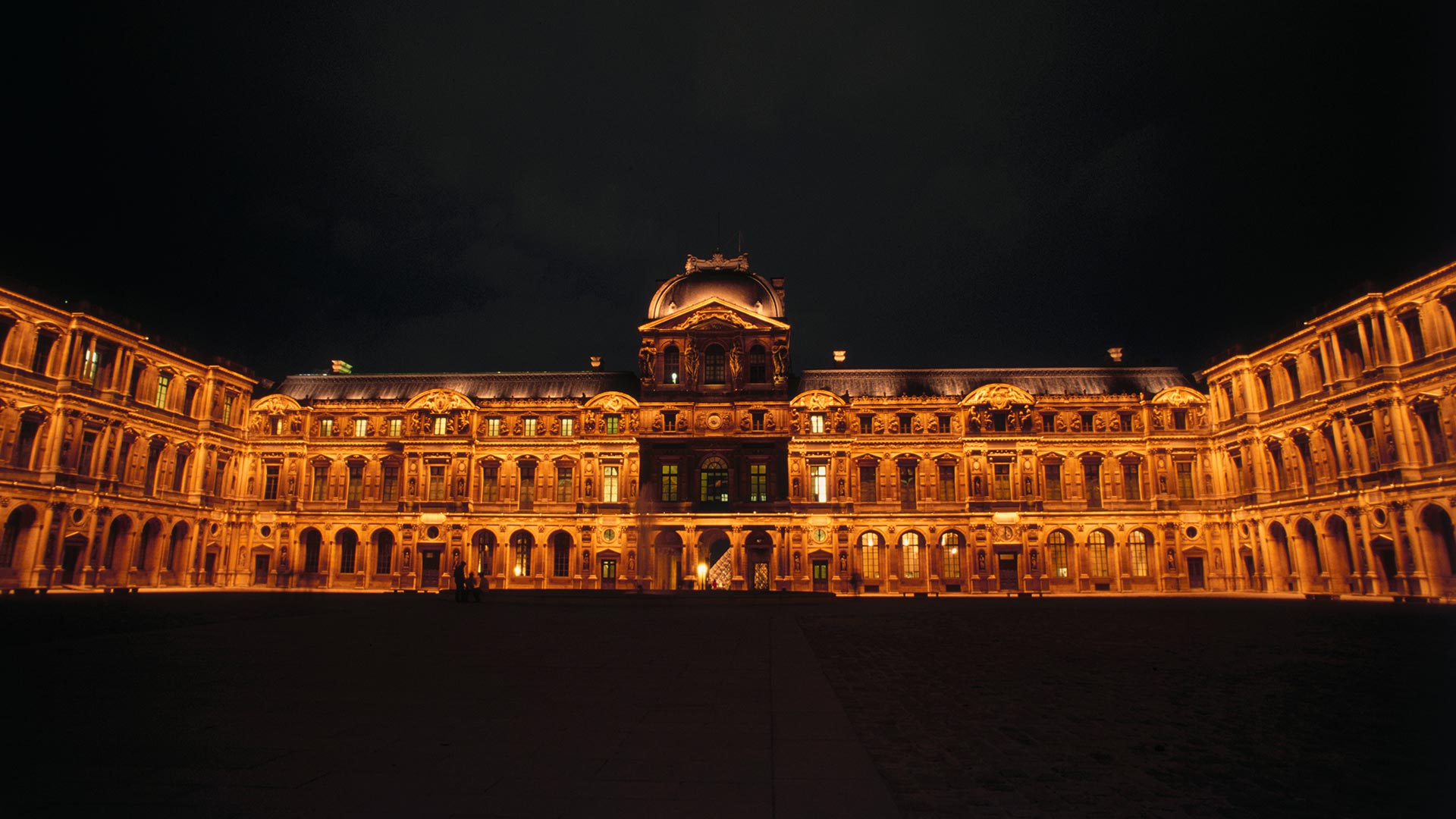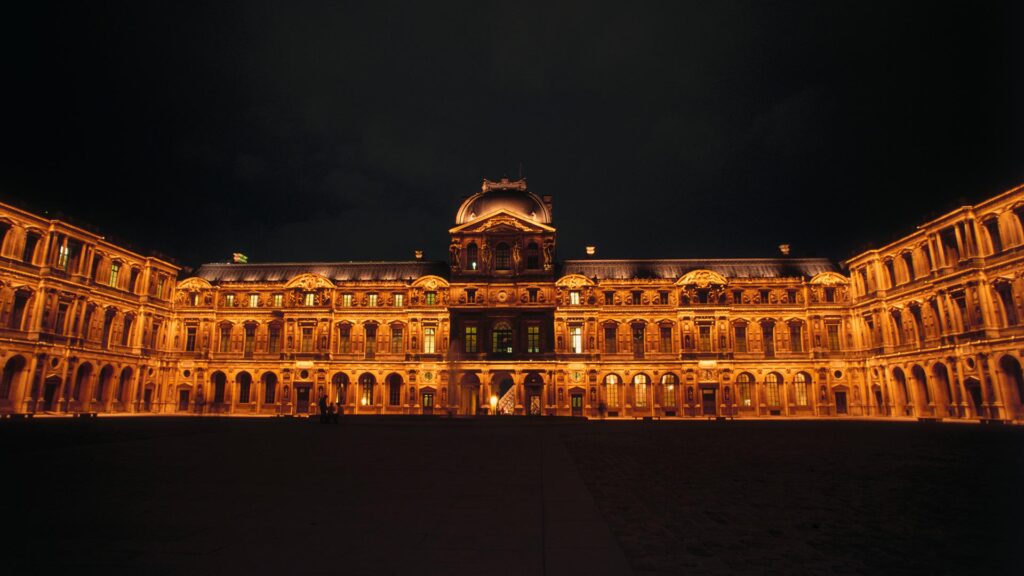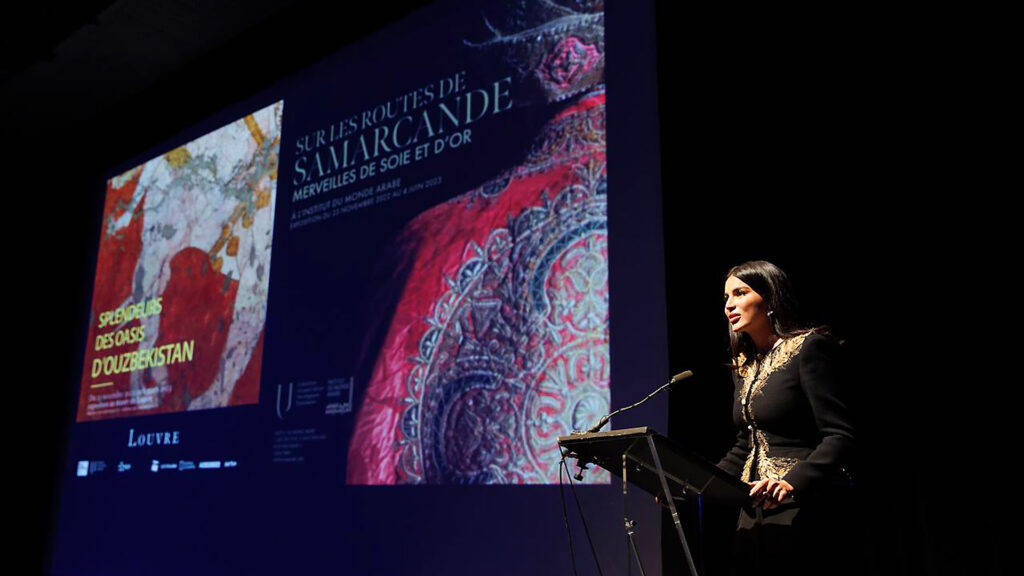

Uzbekistan through the ages
A world first exhibition at the Louvre
A collective of national masterworks left Uzbekistan for the first time in November 2022 to make up a unique exhibition at the world’s largest museum: the Louvre in Paris. The globally renowned institution dedicated part of its 73,000-square-meter art space to tell the story of Uzbekistan’s rich cultural heritage.
Digging up the past
Too often, Uzbekistan falls through the cracks of history’s timeline, losing out to household names of the Great Silk Road – like China and Turkey, who neighbored the Central Asian country on the ancient trade route. Yet, Uzbekistan was a magnet for early merchants looking to make their fortune in one of its major cities, such as Andijan, Bukhara, Khiva, Samarkand, and Tashkent.
Centuries later, Uzbekistan’s culture was granted a rightful place on the world stage, through a dedicated exhibition at the Louvre.
The Splendors of the Oases of Uzbekistan: At the Crossroads of the Caravan Routes was part of a wider strategy from the Uzbek government to globalize its national culture, spearheaded by Saida Mirziyoyeva, Head of the Communications and Information Policy Branch of the Executive Office of the Presidential Administration and Deputy Chairwoman of the Council of the Art and Culture Development Foundation of Uzbekistan.


During her speech at the exhibition’s opening, Mirziyoyeva reaffirmed Uzbekistan as a place of cultural exchange. But for this prestige to be fully understood by those beyond the country’s borders, it would take a display of almost 180 Uzbek artefacts – never before seen by a European audience.
Journeying back through millennia, the exhibition encouraged visitors to retrace the footsteps of famed historical figures, like Alexander the Great, Marco Polo, and the caliphs of Baghdad, to the hidden corners of Uzbekistan. It provided a multifaceted view of the nation’s culture and art, which Mirziyoyeva said was key to demonstrating its unique heritage in a global context.
A collection of treasures
The Splendors of the Oases of Uzbekistan was five years in the making, with many more committed to the excavation and restoration of Uzbek treasures. The exhibition represented a bold, collaborative effort, encompassing loans from museums in Uzbekistan and across Europe and North America, including the Victoria and Albert Museum (UK) and the Cleveland Museum of Art (USA).
Ranging from the pre-Islamic period (pre-610 CE) to the Timurid era (1370-1507 CE), pieces included monumental wall paintings from the Ambassadors’ Hall in Samarkand, miniatures depicting the history of Bukhara, carved details of ancient palaces, and UNESCO-listed objects of world heritage.
Among these masterworks were two discoveries that made for an unforgettable experience: the 14th-century book of Venetian merchant, explorer, and writer, Marco Polo, which tells of his travels along the Great Silk Road between 1271 and 1295. And two restored pages from the Quran Katta Langar, the oldest monumental Quran from the early days of Islam.
5 intersections of history
Every Uzbek artefact on display at the Louvre was carefully curated into a time capsule of Uzbekistan. A country that once served as a crossroads of civilizations on the Great Silk Road was showcased through the five intersections of history that made it what it is today:
2nd century
The emergence of the Great Silk Road marked a new era of trade when gold adornment and jewelry were a true measure of affluence.
4th century
As the art of the court reached its apex, grand murals rose in popularity. Those within the ancient palace at Varakhsha were reunited at the Louvre for an impressive dispay of Uzbek high art.
8th century
The establishment of Islam in Uzbekistan is illustrated by the exhibition through the two pages of the Quran Katta Langar, decorated textiles, and calligraphed ceramics.
11th-13th centuries
East Asia’s influence on Arabic and Persian identities is a tale that will forever be retold thanks to the various accounts, manuscripts, and diaries that have stood the test of time.
14th-16th centuries
An artistic renaissance emerged under the rule of the Timurid and Shaybanid empires, depicted through a collective of ancient paintings.
These relics were exhibited at the Louvre as part of The Splendors of the Oases of Uzbekistan until March 6th. Together, they marked a turning point in the historic recognition and cultural appreciation of a nation that has added centuries’ worth of value to civilization.




